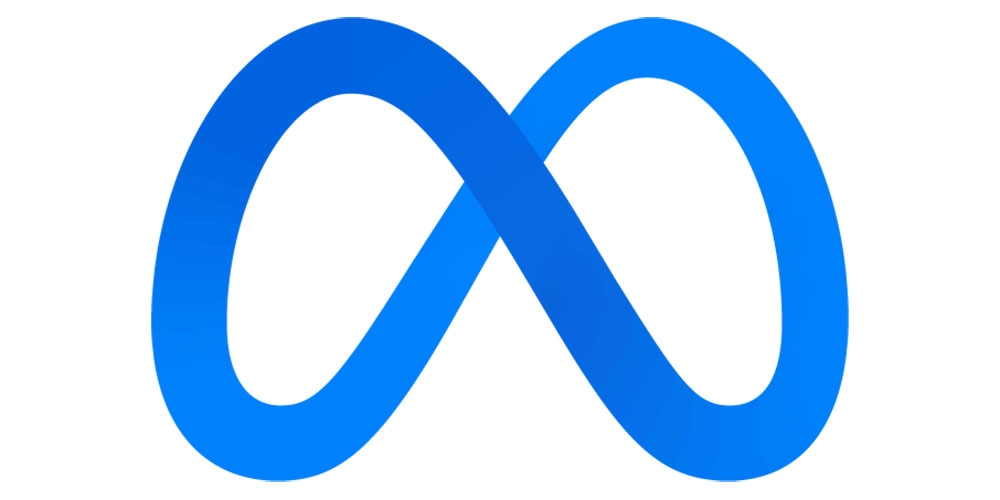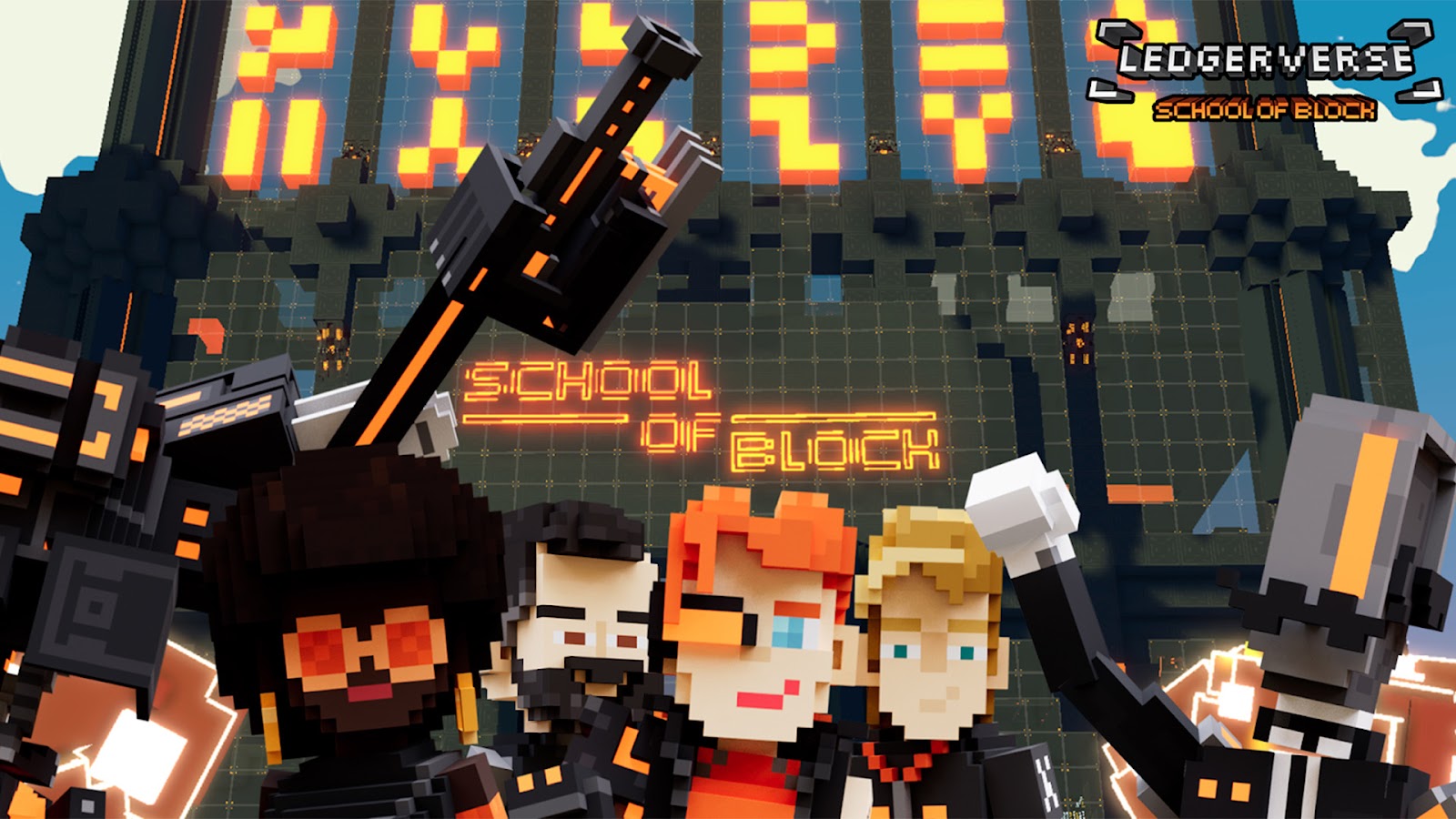In recent years, the concept of the metaverse has achieved immense popularity.
For many, the ideas presented by Web 3.0 — decentralized government, anonymity, making money, and having fun while staying connected with millions of people — can be too appealing to simply ignore.
Understanding the metaverse can be difficult, but enthusiasts will likely want to get themselves involved as early as possible. This applies not only to them, but to their kids as well.
It’s likely that parents deeply involved with Web 3.0 will teach their kids about the metaverse itself, but it can be tough to find further chances to learn if that’s their main focus. Luckily, companies are making a push for education within the metaverse, allowing both children and adults to learn in virtual spaces built on the blockchain.
What is the Metaverse and How Can it Help Education?
For those unfamiliar with the term, “metaverse” is used to describe a collection of virtual spaces. Metaverses seek to integrate the Internet into their own immersive worlds.
They do this partly through use of cryptocurrency and crypto wallets, aiming to support anonymity while letting users earn money through playing games and interacting with others. Many different companies have been trying to break into the metaverse, with some creating their own.
The popular social networking company Facebook
A more mainstream focus on Web 3.0 brings opportunities for education in the metaverse.Edtech, or the use of technology in education, has made major strides resulting from these opportunities. Meta’s own endeavors in this area were made apparent from the very start of their rebranding, as is evident from their
Before becoming Meta, Facebook already had a heavy focus on education. They offered
Other companies are making a push towards education through the metaverse. Some prefer more direct routes while others simply wish to make the connection, using these virtual worlds as advertisements rather than direct educational platforms. A prime example of this can be found through__The Sandbox__, a massive metaverse seeking to combine the gaming industry with the world of cryptocurrency.
The Sandbox and its EdTech Connections
The Sandbox aims to be a very user-friendly metaverse. On top of boasting
Of course, with The Sandbox being built on blockchain technology, many of its features are designed to reward or be used with cryptocurrency.
This ease of access to such important systems warrants a fair amount of education, and The Sandbox has
Ledger has created its own world within The Sandbox metaverse as a way to teach users about crypto security. They’ve essentially made an educational game within The Sandbox, showcasing one of the ways a metaverse can be used for learning.
Other companies are also aiming to use The Sandbox as a platform for metaverse education. Chord Hero, a company focused around teaching others about music, has
While its efforts aren’t as in-depth as Ledger’s, Chord Hero’s inclusion drives education through a different method. By advertising itself on The Sandbox, more people will be made aware of the company’s efforts to teach others about music and playing instruments. Even if a metaverse isn’t used as the primary medium of education, it can still direct crypto enthusiasts towards educational sources. Those invested in Web 3.0 will likely be encouraged to drive traffic towards these sources, allowing for such education to be indirectly metaverse-driven.
Educators and Academic Integrations with the Metaverse

The University of Nicosia, for example, has
It’s only a matter of time before other educators follow suit, even if their concept of the metaverse doesn’t include monetization.
As it stands, one of the greatest barriers to entry in the metaverse is its connection to finances. Some educators, especially those in K-12 programs, would understandably be hesitant to introduce their classes to the metaverse as a result.
However, the metaverse as a concept has heavily inspired the use of virtual reality for learning. Harvard is one place taking a close look at these concepts, with its graduates and faculty making an effort to view
While this sort of education might not fit completely with metaverse and Web 3.0 concepts, the use of “metaverse” as a term only serves as further connections. Even without being built on blockchain technologies, virtual reality education will essentially train people to more easily integrate with the metaverse, allowing them to learn about and use such technologies with ease.
In short, education in the metaverse is growing at a rapid pace. Some companies opt to use the metaverse as a platform for learning, while others use it to redirect towards other sources of education. Even those without full Web 3.0 integration are still providing metaverse education, whether it be directly or through a domino effect of teaching and learning. The metaverse is only growing bigger from here, and anyone supporting it should take advantage of these educational resources early on.



